The Power of Design Advocacy
Design advocacy goes beyond aesthetics; it’s about stirring emotions, sparking critical thought, and inspiring action. Through bold visuals, it communicates societal issues that matter and taps into deeper currents that influence our collective mindset. By exploring the visual language of design advocacy, we can appreciate its role as a powerful tool for raising awareness and driving social change.
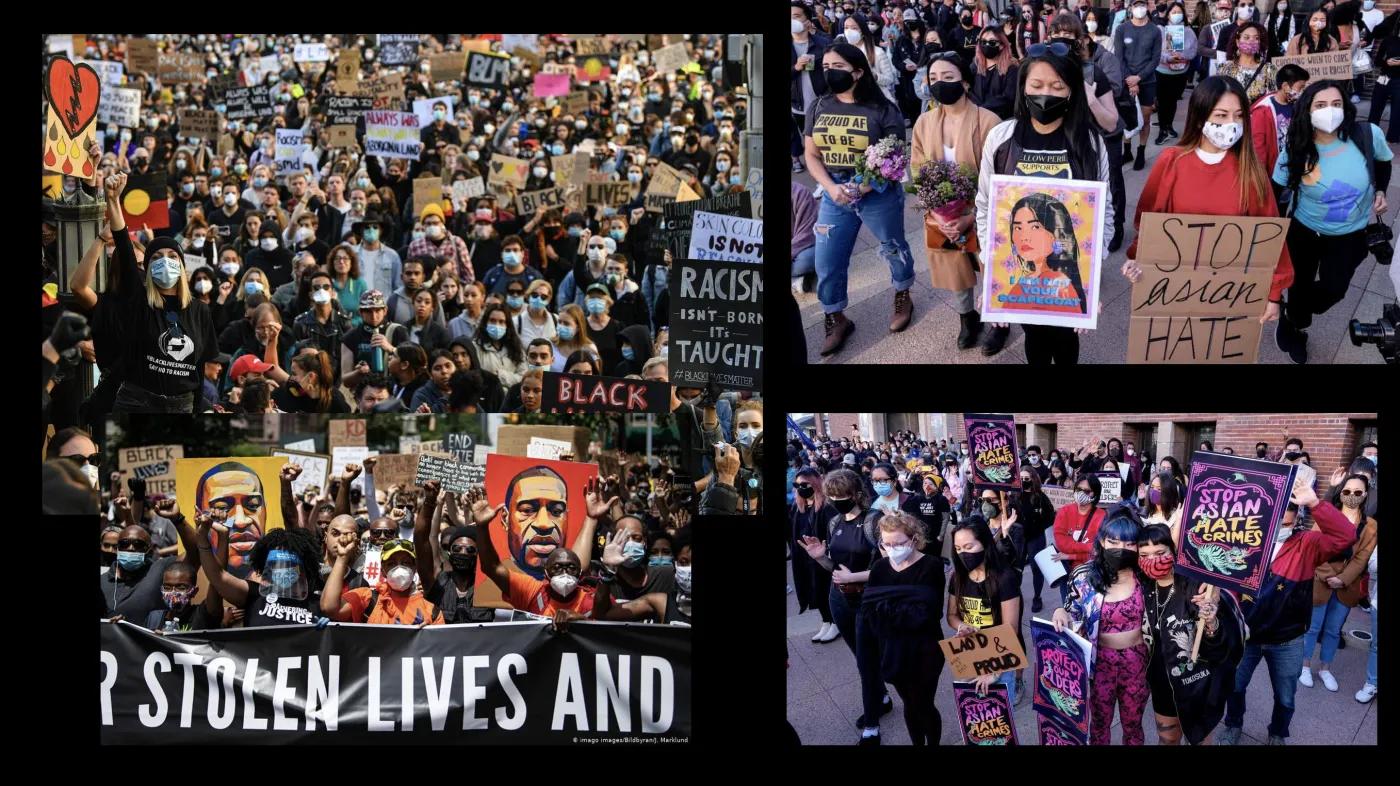
Visual Language in Design Advocacy
The visual language in design advocacy is direct, loud, and bold. It cuts through the everyday noise, delivering messages that resonate deeply. This language generally comprises typography, colours, and symbols that convey meaning far beyond what words alone can achieve.
Typography in advocacy design frequently employs bold, sans-serif fonts to convey strength and urgency, while bright, contrasting colours such as red and yellow are used to evoke emotions. Symbolism, too, adds depth; familiar icons like the peace sign or a raised fist communicate volumes without explanation.
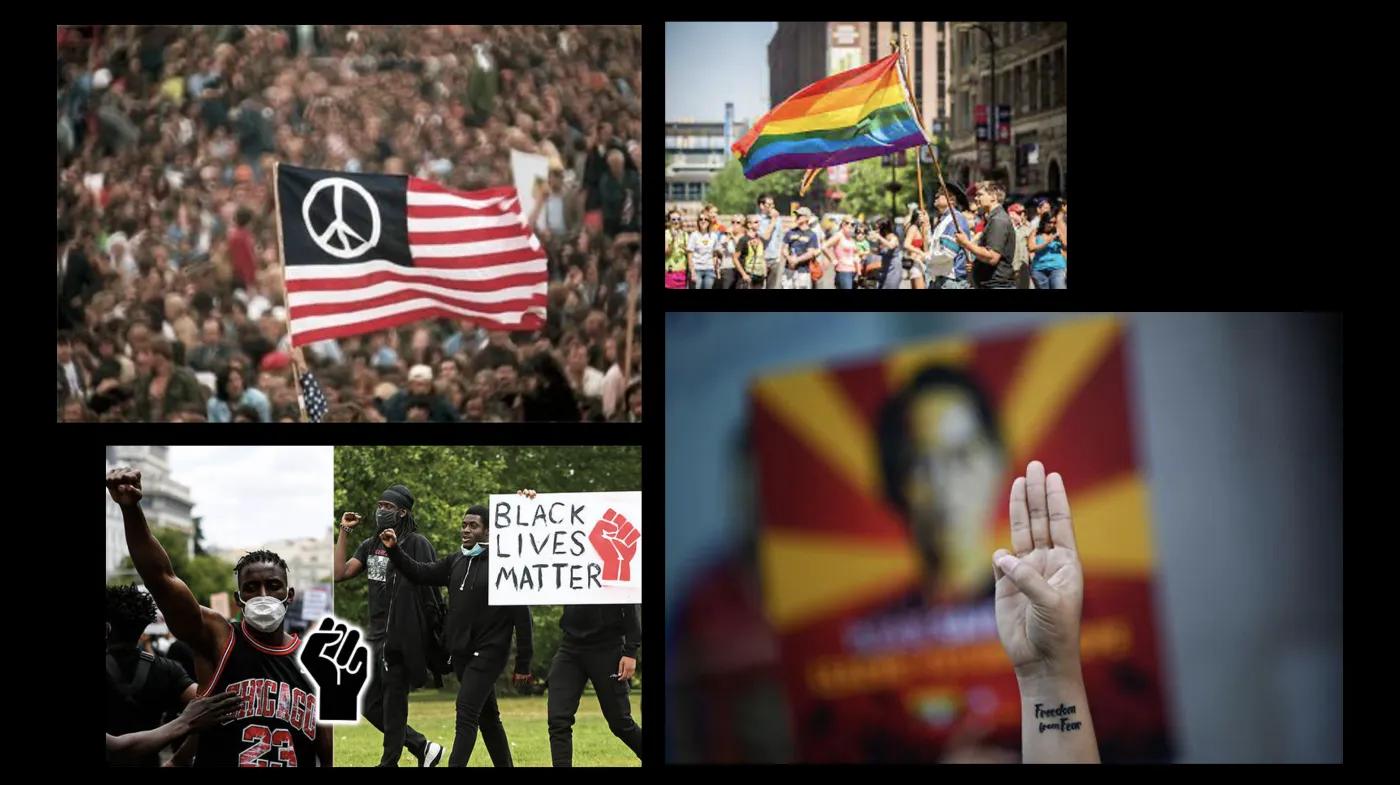

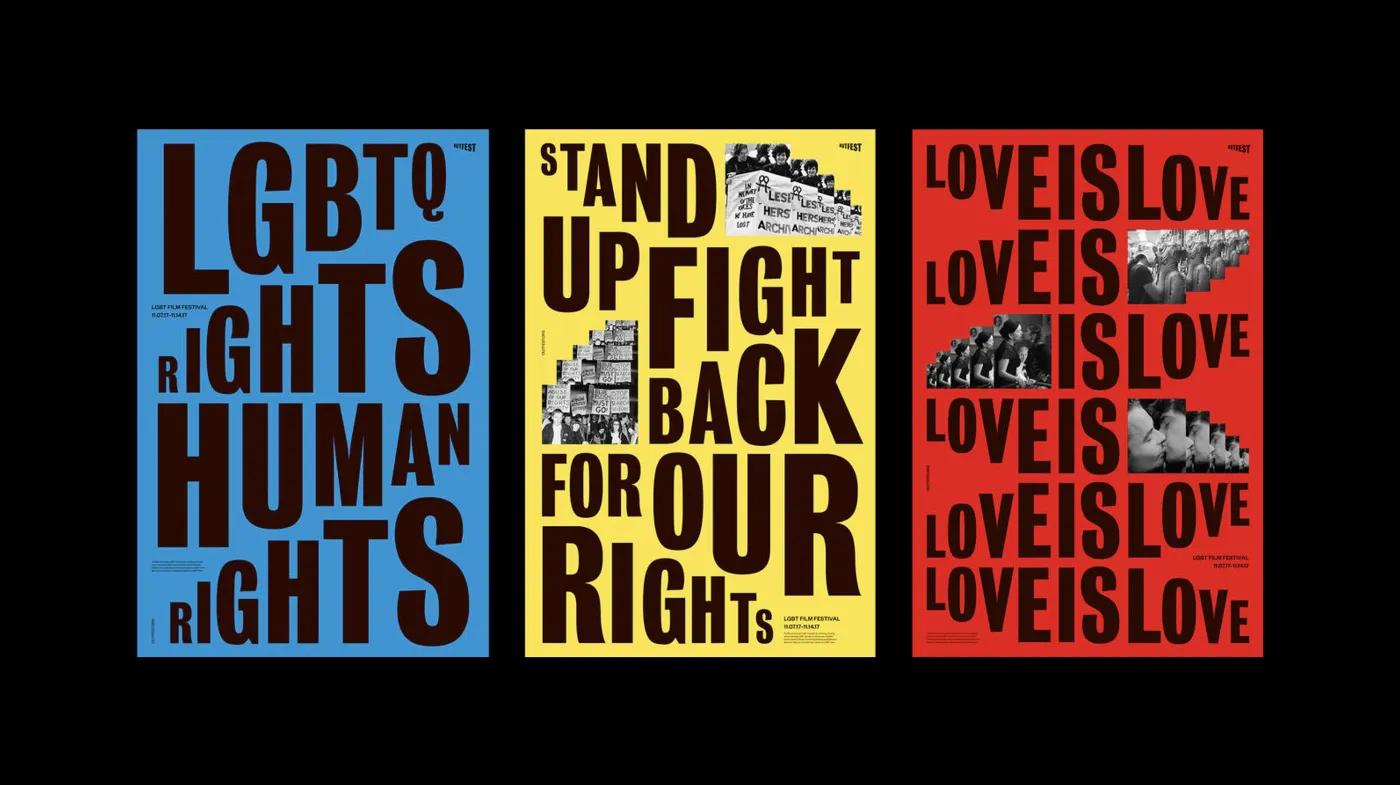
The Role and Power of Protest Posters
Protest posters have long served as a primary tool of design advocacy. These artefacts are more than just images or slogans; they encapsulate the spirit of movements, turning complex ideas into instantly recognisable symbols of dissent. From civil rights marches to environmental protests, posters have been at the forefront of every significant movement, distilling calls for change into concise and compelling visuals.


Effective protest posters don’t just inform; they rally people together and inspire action. The immediacy of a protest poster’s message ensures that it can be quickly understood, even in the chaos of a large demonstration. By distilling complex issues into powerful visuals, it ensures messages are widely grasped, shared, and adapted. This allows advocacy to spread across different platforms, making it a tool for democratised activism that invites a broad audience into conversations on social justice, environmentalism, and political reform.
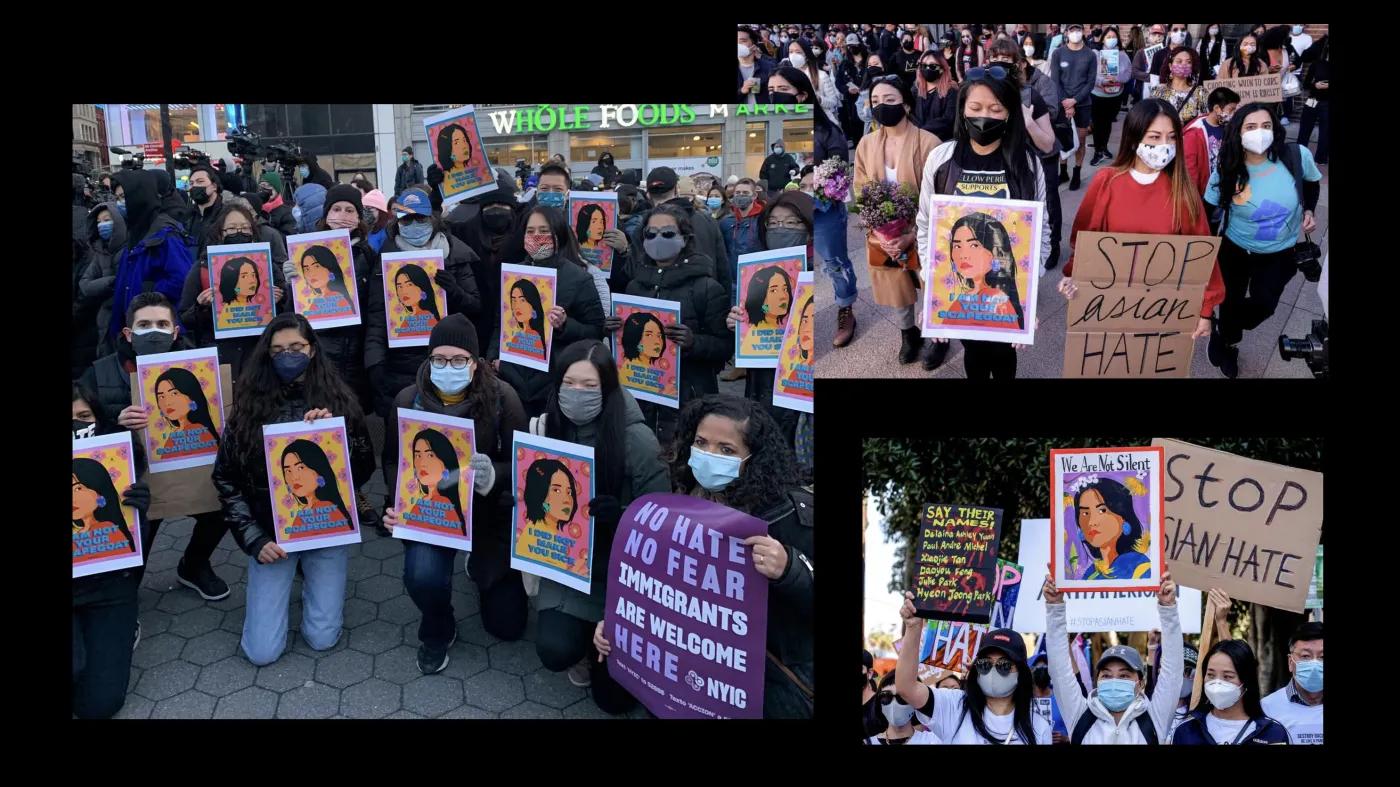
What makes advocacy design so effective is its accessibility and reproducibility. Posters can be printed, painted, stencilled, or even digitised and shared on social media. This reproducibility makes them accessible to anyone with a message to share, allowing movements to grow organically as people create their own versions of a poster and spread them further. In this way, protest posters become a form of grassroots media, carrying the voice of the people into the public eye and ensuring that important messages reach a broad audience.
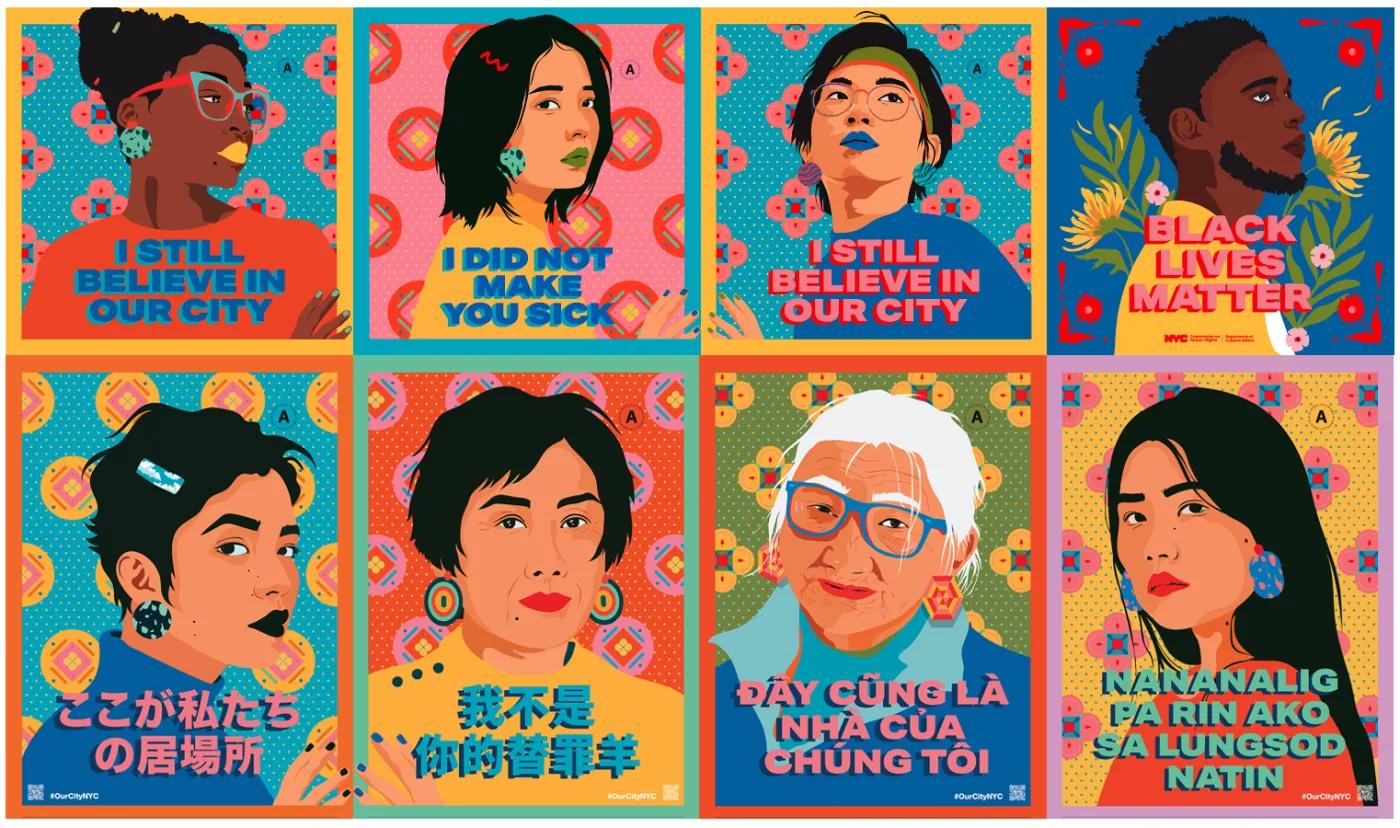
The First Things First Manifesto: A Call for Purpose-Driven Design
The concept of design advocacy has historical roots, perhaps best encapsulated in the 1964 “First Things First Manifesto.” Led by Ken Garland, a British graphic designer, and undersigned by other prominent designers, this manifesto was a radical call to action against the design industry’s preoccupation with consumerism. It urged designers to focus on projects that served the public good rather than merely promoting consumer products.
In a world dominated by consumer culture, the manifesto encouraged designers to reflect on the impact of their work. Its authors argued that design should not be confined to commercialism but should aspire to address larger societal issues. This ethos remains relevant, as today’s designers navigate the delicate balance between commercial interests and social responsibility. By asking, “What are you putting out into our society?” the manifesto challenges designers to create with intentionality, recognising the role of design in shaping societal values and perceptions.

The Responsibility of Designers in Shaping Society
Building on the manifesto’s message, designers hold significant power in moulding public opinion. Our work not only reflects but also influences how people think, feel, and act. Advocacy design demands a level of intentionality; designers must carefully consider the messages they create and the impact these will have on society.
When engaging in advocacy design, the question of responsibility is paramount. Designers are prompted to ask themselves whether their work contributes to a more informed and equitable world, or if it merely adds to the noise. Advocacy design, at its core, invites reflection on both what is created and why it is created. Through intentional choices, designers can guide society towards a fairer and more sustainable future.
Kevin Chan Leong Kit
School of Arts
Email: @email



